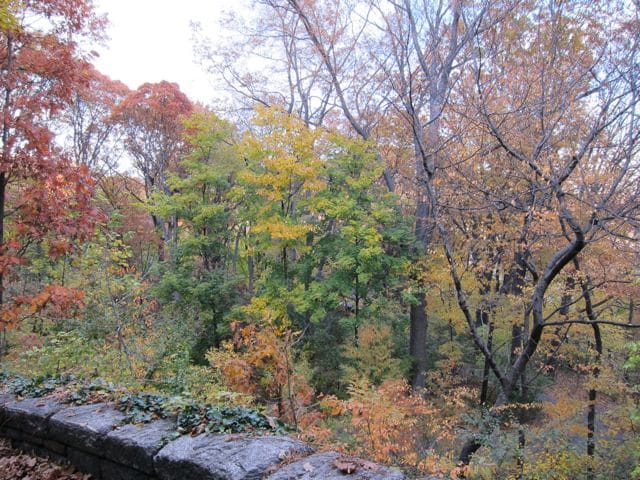We are now deep into autumn, a seasonal phase of contraction. The sun is drawing itself away from New York, closing each day earlier with seemingly great rapidity. Despite the occasional outburst of heat and humidity, the air is cooling and the leaves in our parks are turning.
Our bodies are contracting from the summertime’s warmth and expansiveness, and many of us are now much busier with work, school or both. All the while, we are surrounded by a higher degree of commotion.
The city is once again in its full state of excitation with its famous caffeinated-like buzz. The streets are now thrumming with traffic, the city’s circulatory transportation system is churning with the full flood of the workforce, children are zing-zanging and jing-jangling into schools, and theaters and museums are throwing open their doors for their first big shows of the season.
Such various forces of energy and their interplay greatly interested Dr. Randolph Stone, the developer of Polarity Therapy. He wove into his energy-based bodywork ideas and approaches from a wide range of modalities, originating from both the East and the West. Ayurveda, the ancient Indian system of holistic health, has the largest imprint in the theories of Polarity Therapy.
Polarity Therapy’s concept of how energy moves within the universe, our world and our bodies is adopted from the Ayurvedic model. This model holds that there are three principles or forces (known as Gunas) at play: 1) stillness, 2) outward impulse and 3) inward contraction.
According to the Ayurvedic system, the source of everything that exists in the universe is called Brahman. Its energetic state is stillness and neutrality. The word used to describe this quality of tranquility is sattvas. Think of a perfectly calm lake.
The principle of positive, outward impulse is called rajas. Think of the rush-hour subway rumbling through the tunnel or the fast talker on her cell phone as she strides to work.
The principle of negative, inward contraction is called tamas. Think of the leaves withering with the decreasing sunlight or our muscles tightening and withdrawing from the cooling air.
Where is the sattvic experience in daily life in the city? I could say that rarely do we New Yorkers ever experience a purely sattvic moment. Can you recall the last time you felt complete peace in our city? Of course, depending on your way of being and circumstance, it is possible to achieve a sattvic feeling of calm in the midst of New York City’s hub-bub, in which all seems balanced and nothing needs to be added or subtracted.
In the hustle-bustle of the city and in the daily tumble of our lives, however, a sense of peaceful balance is often thwarted. That’s the ride of life. It’s simply normal. In fact, the push and pull of energies gives our lives vitality, otherwise life would be flavorless (some might argue that it actually would be bliss, but I side with embracing the flux of life’s forces). We need the positive thrust of rajas and the negative pull of tamas and the calming neutrality of sattvas to facilitate energetic flow, keeping the energies in our lives fresh and alive. This is life’s healthy dynamic of polarity.
At the same time, as we are propeled through our lives, certain energies can predominate and create an imbalance that wears on our physical, spiritual and emotional health. That’s where a Polarity Therapy practitioner can step in and help. Through intuition and felt-sensing, I can identify tamasic blockages and inertia or rajasic hyperactive energies in the body; and by using touch, sound, breath and dialogue, I seek to bring them into a more harmonious balance. The recipient can then leave a session feeling a greater sense sattvic calm and peace.
Ultimately, a Polarity Therapy session offers an opportunity to take respite from your daily busyness, gain a deeper awareness of your being and achieve a greater feeling of sattvas in your life. I invite you to start noticing the play of rajasic, tamasic and sattvic energies in your daily life as they surround you and move inside you, particularly as we hurtle through autumn in New York City.
This was originally posted October 20, 2010.


Recent Comments